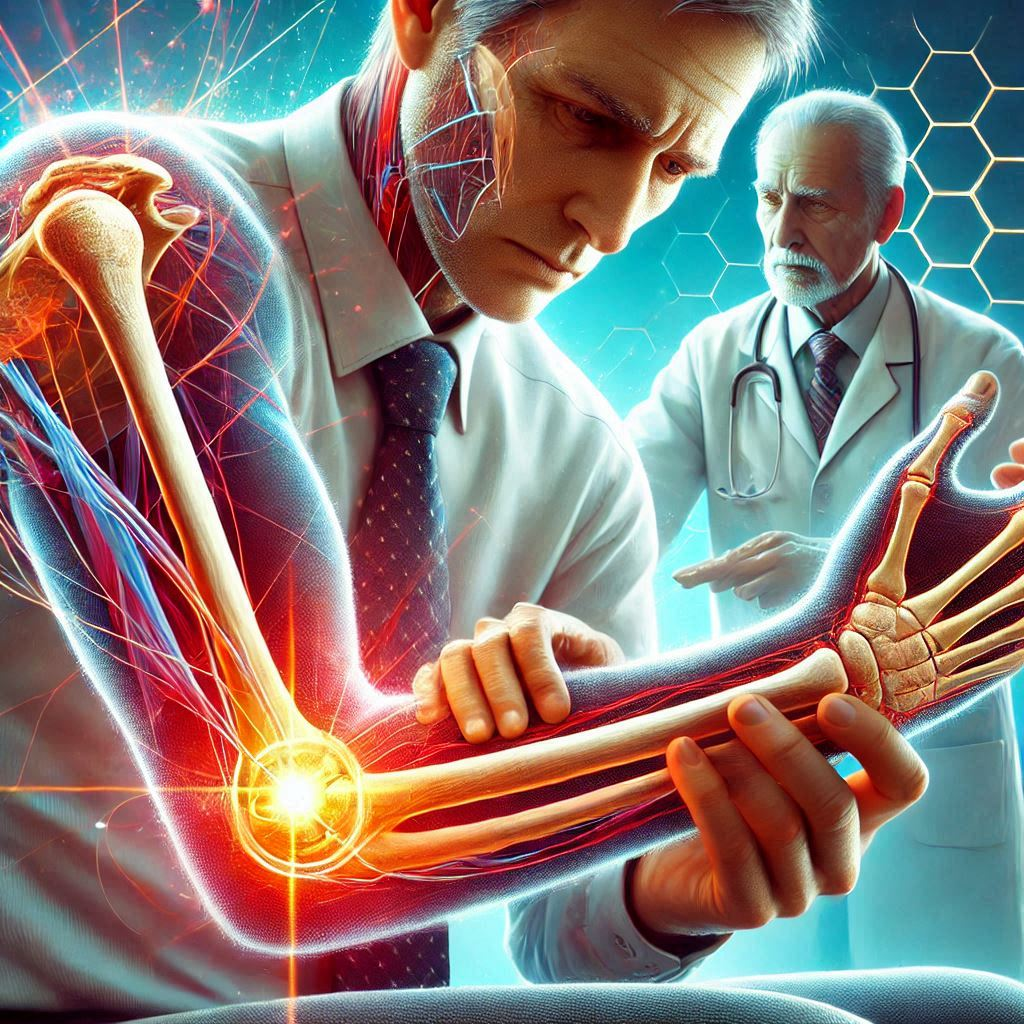
“10 Shocking Elbow Pain Causes and Solutions”
10 Surprising Reasons for Elbow Pain and Effective Solutions
Discover 10 shocking reasons for elbow pain and learn effective solutions to alleviate discomfort and improve mobility.
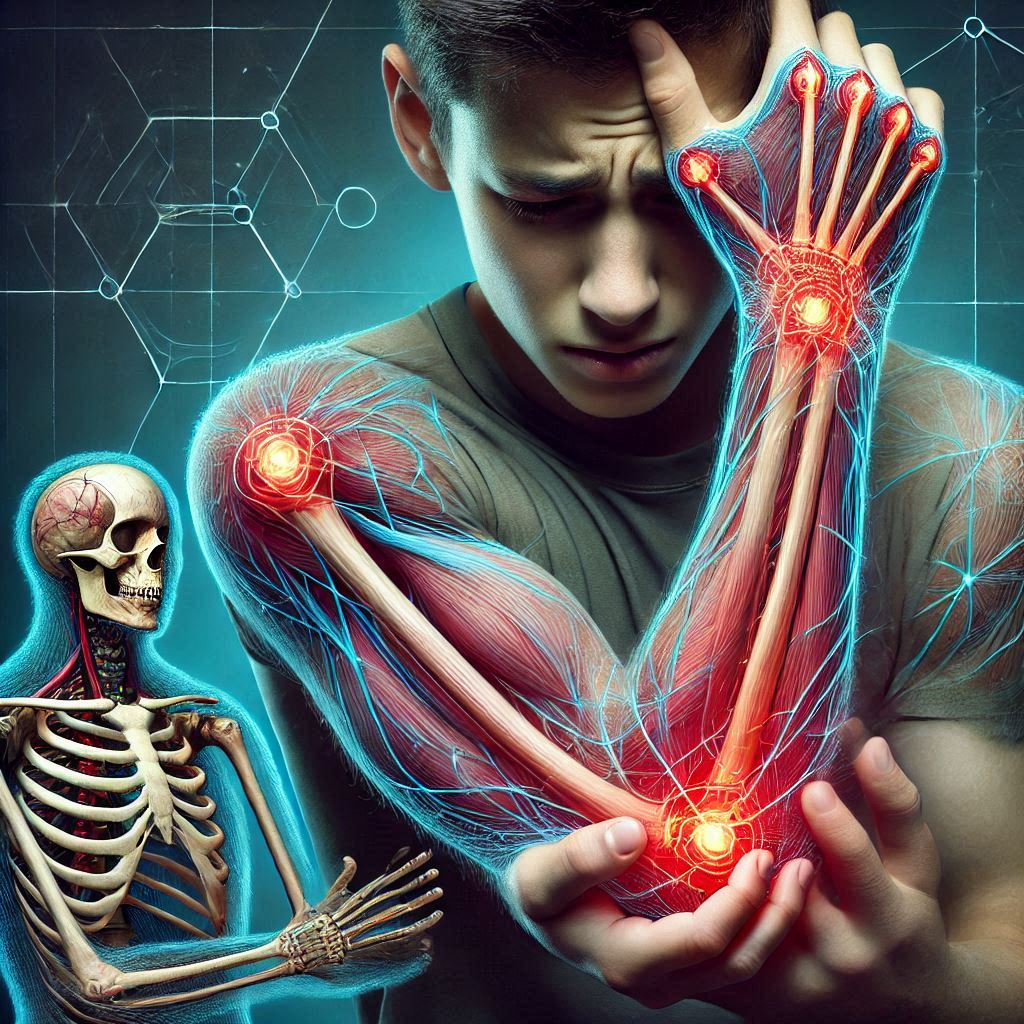
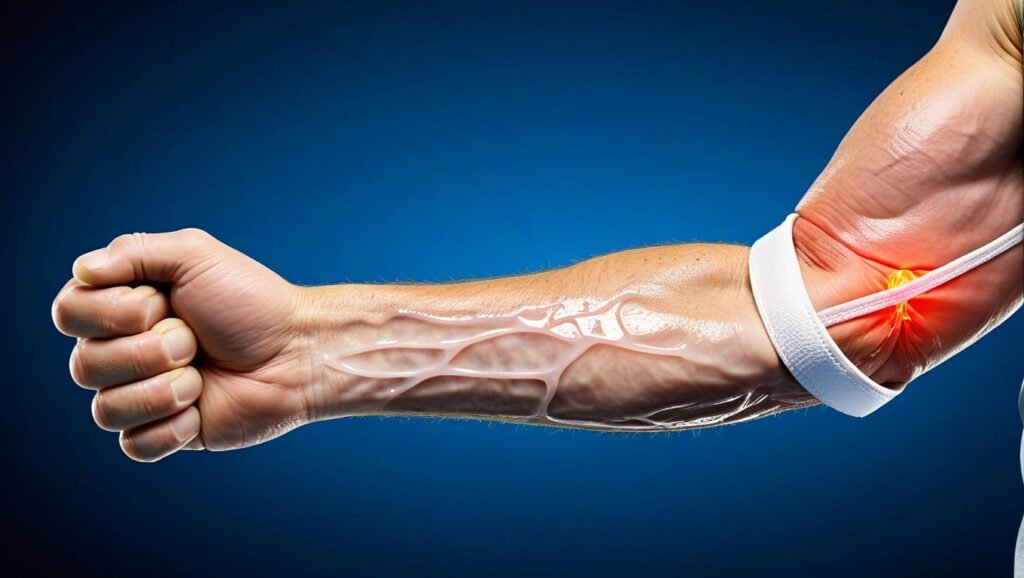
Introduction
Overview of Elbow Pain and Its Impact on Daily Life
Elbow pain is a common issue that can affect people of all ages and activity levels. It can result from various causes, including injuries, overuse, and underlying medical conditions. Elbow pain can significantly impact daily life, making it difficult to perform routine activities such as lifting, carrying, and even simple tasks like typing or writing. The discomfort and limitations caused by elbow pain can lead to decreased productivity and reduced quality of life.
Brief Explanation of the Importance of Addressing Elbow Pain
Addressing elbow pain is crucial for maintaining overall health and well-being. Ignoring elbow pain can lead to further complications, including chronic pain, joint damage, and decreased mobility. Early intervention and appropriate treatment can help alleviate pain, improve function, and prevent long-term damage. It is essential to identify the underlying cause of elbow pain and implement effective solutions to manage and reduce discomfort.

Cause 1: Tennis Elbow
Explanation of How Tennis Elbow Affects the Elbow Joint
Tennis elbow, also known as lateral epicondylitis, is a condition that occurs when the tendons on the outer side of the elbow become inflamed due to overuse or repetitive motions. Despite its name, tennis elbow is not limited to tennis players; it can affect anyone who engages in activities that involve repetitive wrist and arm movements, such as painting, typing, or using hand tools.
Symptoms of tennis elbow include:
- Pain and tenderness on the outer side of the elbow
- Weakness in the forearm and wrist
- Difficulty gripping objects or performing tasks that involve wrist extension
- Pain that worsens with repetitive movements or lifting
Effective Fixes for Tennis Elbow
- Rest: Resting the affected arm and avoiding activities that exacerbate the pain is crucial for allowing the tendons to heal. Taking breaks from repetitive tasks and modifying activities can help reduce strain on the elbow.
- Ice: Applying ice to the affected area can help reduce inflammation and alleviate pain. Ice packs should be applied for 15-20 minutes several times a day.
- Physical Therapy: Physical therapy can help strengthen the muscles around the elbow, improve flexibility, and reduce stress on the tendons. A physical therapist can design a personalized exercise program that includes stretching and strengthening exercises.
- Bracing: Wearing a brace or strap around the forearm can help reduce strain on the tendons and provide support to the elbow joint. Braces can be particularly helpful during activities that involve repetitive wrist and arm movements.
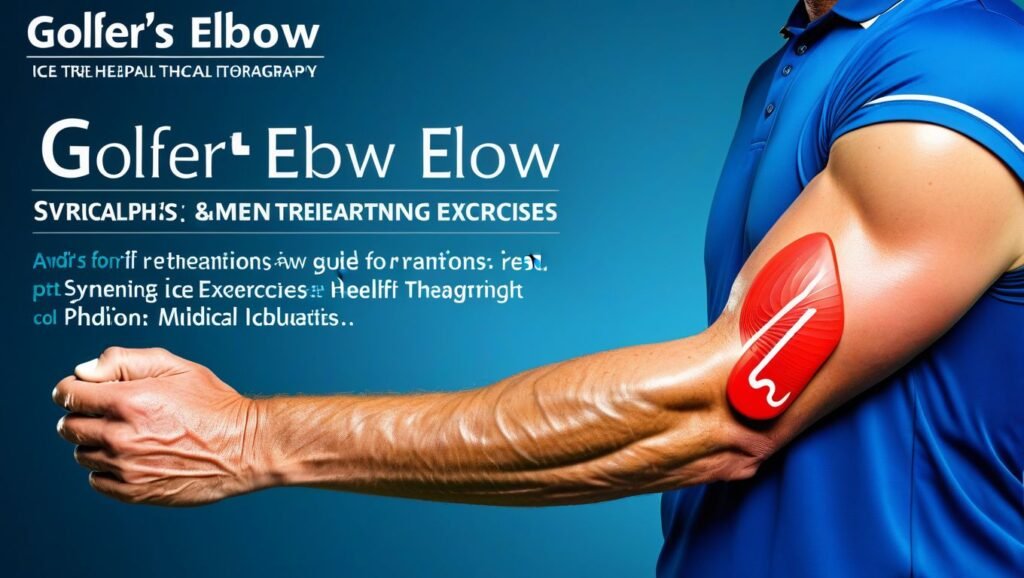
Cause 2: Golfer’s Elbow
How Golfer’s Elbow Leads to Elbow Pain
Golfer’s elbow, also known as medial epicondylitis, is a condition that occurs when the tendons on the inner side of the elbow become inflamed due to overuse or repetitive motions. Similar to tennis elbow, golfer’s elbow is not limited to golfers; it can affect anyone who engages in activities that involve repetitive wrist and forearm movements, such as throwing, lifting, or using hand tools.
Symptoms of golfer’s elbow include:
- Pain and tenderness on the inner side of the elbow
- Weakness in the forearm and wrist
- Difficulty gripping objects or performing tasks that involve wrist flexion
- Pain that worsens with repetitive movements or lifting
Effective Fixes for Golfer’s Elbow
- Rest: Resting the affected arm and avoiding activities that exacerbate the pain is crucial for allowing the tendons to heal. Taking breaks from repetitive tasks and modifying activities can help reduce strain on the elbow.
- Ice: Applying ice to the affected area can help reduce inflammation and alleviate pain. Ice packs should be applied for 15-20 minutes several times a day.
- Physical Therapy: Physical therapy can help strengthen the muscles around the elbow, improve flexibility, and reduce stress on the tendons. A physical therapist can design a personalized exercise program that includes stretching and strengthening exercises.
- Strengthening Exercises: Specific exercises that target the forearm muscles can help support the elbow joint and reduce the risk of future injuries. Strengthening the wrist flexors and extenders can improve stability and reduce stress on the tendons.
By addressing the underlying causes of elbow pain and implementing effective solutions, individuals can manage their symptoms, improve their quality of life, and maintain mobility. If you experience persistent elbow pain, it is essential to seek medical advice to determine the cause and receive appropriate treatment.
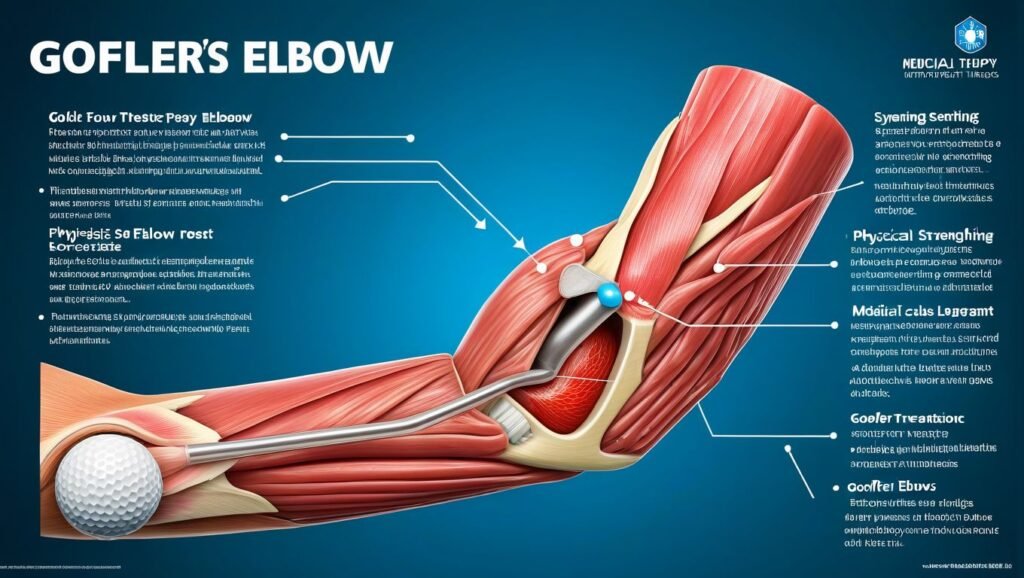
Cause 3: Bursitis
Explanation of Bursitis and Its Impact on Elbow Function
Bursitis is the inflammation of the bursae, small fluid-filled sacs that act as cushions between bones, tendons, and muscles. In the elbow, bursitis commonly affects the olecranon bursa, located at the tip of the elbow. This condition can result from repetitive motions, prolonged pressure on the elbow, or direct trauma. Bursitis can cause pain, swelling, and limited movement in the affected area.
Symptoms of bursitis include:
- Pain and tenderness around the affected bursa
- Swelling and warmth in the elbow area
- Limited range of motion and stiffness
- Redness and inflammation
Effective Fixes for Bursitis
- Rest: Resting the elbow and avoiding activities that put pressure on the affected bursa is essential for reducing inflammation and allowing the bursa to heal. Taking breaks from activities that involve repetitive motions or prolonged pressure can help prevent further irritation.
- Ice: Applying ice to the affected area can help reduce swelling and alleviate pain. Ice packs should be applied for 15-20 minutes several times a day.
- Anti-inflammatory medications: Over-the-counter anti-inflammatory medications, such as ibuprofen and naproxen, can help reduce inflammation and relieve pain. In some cases, doctors may prescribe stronger medications or recommend corticosteroid injections to provide relief.
- Physical Therapy: Physical therapy can help improve joint function, increase range of motion, and reduce pain. A physical therapist can develop an exercise program tailored to the individual’s needs, focusing on strengthening the muscles around the elbow and improving flexibility.
Cause 4: Arthritis
How Arthritis Causes Elbow Pain and Inflammation
Arthritis is a condition that causes inflammation and pain in the joints. In the elbow, arthritis can result from various types, including osteoarthritis, rheumatoid arthritis, and post-traumatic arthritis. Osteoarthritis is a degenerative joint disease that occurs when the cartilage that cushions the ends of the bones wears away. Rheumatoid arthritis is an autoimmune disease that causes the body’s immune system to attack the synovium, the lining of the membranes that surround the joints. Post-traumatic arthritis can develop after an injury to the elbow.
Symptoms of arthritis in the elbow include:
- Pain and tenderness in the elbow joint
- Swelling and stiffness
- Reduced range of motion
- Warmth and redness around the joint
Effective Fixes for Arthritis
- Medications: Medications can help manage arthritis symptoms and reduce inflammation. Nonsteroidal anti-inflammatory drugs (NSAIDs), corticosteroids, and disease-modifying antirheumatic drugs (DMARDs) can be used to relieve pain and slow the progression of the disease.
- Physical Therapy: Physical therapy can help improve joint function, increase range of motion, and reduce pain. A physical therapist can develop an exercise program tailored to the individual’s needs, focusing on strengthening the muscles around the elbow and improving flexibility.
- Lifestyle Changes: Making lifestyle changes, such as adopting a healthy diet, engaging in regular exercise, and managing stress, can help manage arthritis symptoms. Low-impact exercises, such as swimming and cycling, can be beneficial for maintaining joint health without putting excessive stress on the elbow.
Cause 5: Tendinitis
Explanation of Tendinitis and Its Symptoms
Tendinitis is the inflammation of a tendon, the thick fibrous cords that attach muscles to bones. In the elbow, tendinitis commonly affects the tendons that connect the forearm muscles to the elbow joint. This condition can result from repetitive motions, overuse, or sudden injury. Tendinitis can cause pain, swelling, and limited movement in the affected area.
Symptoms of tendinitis include:
- Pain and tenderness around the affected tendon
- Swelling and warmth in the elbow area
- Limited range of motion and stiffness
- Pain that worsens with movement or activity
Effective Fixes for Tendinitis
- Rest: Resting the affected arm and avoiding activities that exacerbate the pain is crucial for allowing the tendons to heal. Taking breaks from repetitive tasks and modifying activities can help reduce strain on the elbow.
- Ice: Applying ice to the affected area can help reduce inflammation and alleviate pain. Ice packs should be applied for 15-20 minutes several times a day.
- Physical Therapy: Physical therapy can help strengthen the muscles around the elbow, improve flexibility, and reduce stress on the tendons. A physical therapist can design a personalized exercise program that includes stretching and strengthening exercises.
- Strengthening Exercises: Specific exercises that target the forearm muscles can help support the elbow joint and reduce the risk of future injuries. Strengthening the wrist flexors and extenders can improve stability and reduce stress on the tendons.
Cause 6: Fractures
How Fractures Lead to Elbow Pain and Limited Mobility
Fractures are breaks in the bones that can occur due to trauma, such as falls, direct blows, or accidents. In the elbow, fractures can affect the humerus (upper arm bone), radius, or ulna (forearm bones). Fractures can cause severe pain, swelling, and limited mobility in the affected area. They may also lead to deformity and instability in the elbow joint.
Symptoms of elbow fractures include:
- Severe pain and tenderness around the fracture site
- Swelling and bruises
- Limited range of motion and difficulty moving the elbow
- Deformity or abnormal appearance of the elbow
Effective Fixes for Fractures
- Immobilization: Immobilizing the affected arm with a splint, cast, or brace is essential for allowing the bones to heal properly. Immobilization helps prevent further injury and provides stability to the fracture site.
- Physical Therapy: Physical therapy is crucial for restoring function and mobility after a fracture. A physical therapist can develop a rehabilitation program that includes exercises to improve strength, flexibility, and range of motion.
- Surgical Intervention: In cases of severe fractures or fractures that do not heal properly with conservative treatment, surgical intervention may be necessary. Surgery may involve the use of pins, plates, or screws to stabilize the bones and promote healing. Post-surgery rehabilitation is essential for a successful recovery.
By addressing the underlying causes of elbow pain and implementing effective solutions, individuals can manage their symptoms, improve their quality of life, and maintain mobility. If you experience persistent elbow pain, it is essential to seek medical advice to determine the cause and receive appropriate treatment.
Cause 7: Nerve Compression
Explanation of Nerve Compression and Its Symptoms
Nerve compression, also known as nerve entrapment, occurs when a nerve is pinched or compressed by surrounding tissues, such as bones, muscles, or tendons. In the elbow, the most common type of nerve compression is cubital tunnel syndrome, which affects the ulnar nerve. The ulnar nerve runs along the inner side of the elbow and can become compressed or irritated, leading to pain and other symptoms.
Symptoms of nerve compression include:
- Pain and tenderness along the inner side of the elbow
- Numbness and tingling in the ring and little fingers
- Weakness in the hand and fingers
- Difficulty gripping objects or performing tasks that require fine motor skills
Effective Fixes for Nerve Compression
- Rest: Resting the affected arm and avoiding activities that exacerbate the symptoms is crucial for allowing the nerve to heal. Taking breaks from repetitive tasks and modifying activities can help reduce strain on the nerve.
- Physical Therapy: Physical therapy can help improve nerve function, increase range of motion, and reduce pain. A physical therapist can develop an exercise program tailored to the individual’s needs, focusing on stretching and strengthening exercises.
- Surgical Intervention: In cases of severe nerve compression that do not respond to conservative treatments, surgical intervention may be necessary. Surgery can involve releasing the compressed nerve or repositioning it to reduce pressure and alleviate symptoms.
Cause 8: Overuse Injuries
How Repetitive Stress and Overuse Lead to Elbow Pain
Overuse injuries occur when repetitive stress and strain are placed on the elbow joint, leading to inflammation, pain, and damage to the tissues. These injuries are common among athletes and individuals who engage in activities that involve repetitive movements, such as typing, lifting, and playing musical instruments. Overuse injuries can affect various structures in the elbow, including the tendons, ligaments, and muscles.
Symptoms of overuse injuries include:
- Gradual onset of pain that worsens with activity
- Swelling and tenderness around the elbow joint
- Stiffness and limited range of motion
- Weakness in the affected arm
Effective Fixes for Overuse Injuries
- Rest: Resting the elbow and avoiding activities that exacerbate the pain is crucial for allowing the tissues to heal. Taking breaks from repetitive tasks and modifying activities can help reduce strain on the elbow.
- Activity Modification: Modifying activities to reduce stress on the elbow joint can help prevent overuse injuries. This may involve changing the intensity, duration, or frequency of activities, as well as incorporating low-impact exercises, such as swimming or cycling, into the routine.
- Strengthening Exercises: Specific exercises that target the muscles around the elbow can help support the joint and reduce the risk of future injuries. Strengthening the forearm, wrist, and hand muscles can improve stability and reduce stress on the elbow. A physical therapist can design a personalized exercise program to aid in recovery and prevent recurrence.
Cause 9: Infections
Explanation of Elbow Joint Infections and Their Symptoms
Elbow joint infections, also known as septic arthritis, occur when bacteria or other pathogens invade the elbow joint, leading to inflammation and pain. This condition can result from an infection elsewhere in the body that spreads to the elbow joint through the bloodstream or from a direct injury to the elbow that introduces bacteria. Common bacteria that cause elbow joint infections include Staphylococcus aureus and Streptococcus species.
Symptoms of elbow joint infections include:
- Severe pain in the elbow joint
- Swelling and redness around the elbow
- Warmth and tenderness in the affected area
- Fever and chills
- Limited range of motion due to pain and swelling
Effective Fixes for Elbow Joint Infections
- Antibiotics: Prompt treatment with antibiotics is essential to eliminate the infection and prevent further damage to the elbow joint. The choice of antibiotics depends on the type of bacteria causing the infection. Intravenous (IV) antibiotics may be required initially, followed by oral antibiotics.
- Drainage: In some cases, drainage of the infected joint fluid may be necessary to remove pus and reduce inflammation. This can be done through needle aspiration or surgical drainage.
- Surgical Intervention: If the infection is severe or does not respond to antibiotics and drainage, surgical intervention may be needed. This can involve arthroscopic surgery to clean out the infected joint or open surgery in more severe cases.
Cause 10: Obesity
How Excess Weight Contributes to Elbow Pain and Joint Stress
Obesity is a significant risk factor for elbow pain and joint stress. Excess weight places additional pressure on the elbow joints, leading to increased wear and tear on the cartilage and other structures. This can result in conditions such as osteoarthritis, where the cartilage that cushions the elbow joint gradually wears away, causing pain, swelling, and stiffness. Obesity can also contribute to inflammation in the body, further exacerbating elbow pain.
Effective Fixes for Obesity-Related Elbow Pain
- Weight Loss: Losing excess weight can significantly reduce the stress on the elbow joints and alleviate pain. A combination of a healthy diet and regular exercise can help achieve and maintain a healthy weight.
- Exercise: Engaging in regular physical activity can help strengthen the muscles around the elbow, improve joint stability, and reduce pain. Low-impact exercises, such as swimming, cycling, and walking, are particularly beneficial for individuals with elbow pain.
- Dietary Changes: Adopting a balanced diet that is rich in fruits, vegetables, whole grains, and lean proteins can support weight loss and overall health. Reduced intake of processed foods, sugary beverages, and high-fat foods can also help manage weight and reduce inflammation.
Conclusion
Recap of the 10 Surprising Reasons for Elbow Pain and Their Effective Solutions
- Tennis Elbow: Rest, ice, physical therapy, and bracing
- Golfer’s Elbow: Rest, ice, physical therapy, and strengthening exercises
- Bursitis: Rest, ice, anti-inflammatory medications, and physical therapy
- Arthritis: Medications, physical therapy, and lifestyle changes
- Tendinitis: Rest, ice, physical therapy, and strengthening exercises
- Fractures: Immobilization, physical therapy, and surgical intervention if necessary
- Nerve Compression: Rest, physical therapy, and surgical intervention if needed
- Overuse Injuries: Rest, activity modification, and strengthening exercises
- Infections: Antibiotics, drainage, and surgical intervention if needed
- Obesity: Weight loss, exercise, and dietary changes
Encouragement to Seek Medical Advice if Experiencing Elbow Pain
If you experience persistent elbow pain, it is essential to seek medical advice to determine the underlying cause and receive appropriate treatment. Early intervention can help alleviate pain, improve function, and prevent long-term damage to the elbow joint.
Final Thoughts on the Importance of Maintaining Elbow Health
Maintaining elbow health is crucial for overall well-being and mobility. By addressing the underlying causes of elbow pain and implementing effective solutions, individuals can manage their symptoms, improve their quality of life, and maintain an active lifestyle. Prioritizing a healthy diet, regular exercise, and weight management can help protect the elbow joints and prevent future issues.


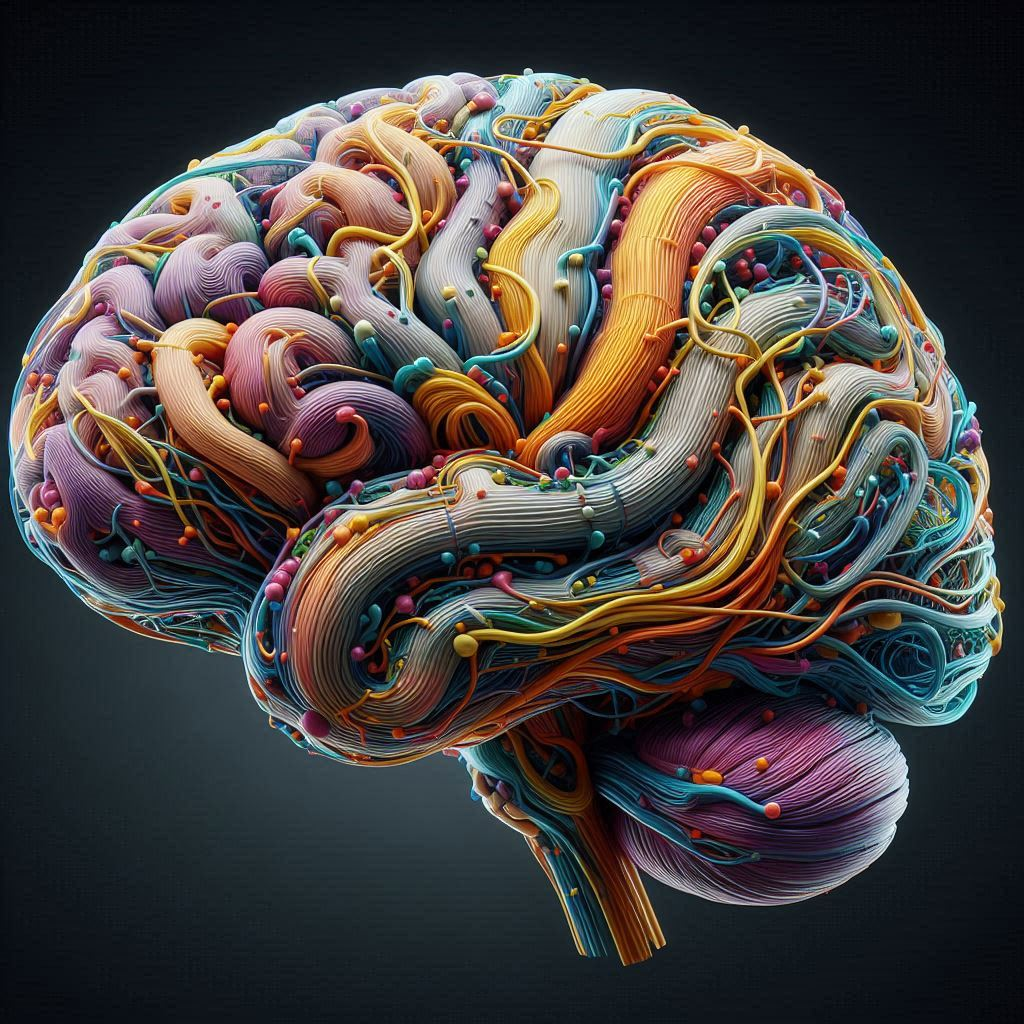


2 Comments
Pingback:
Pingback: